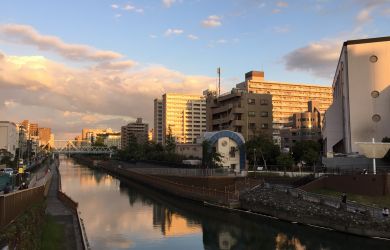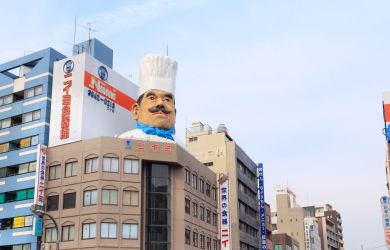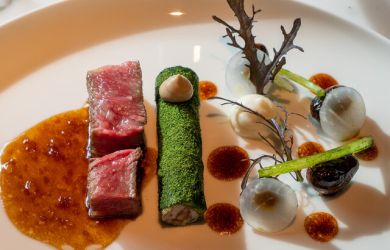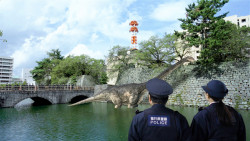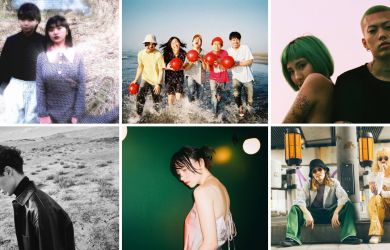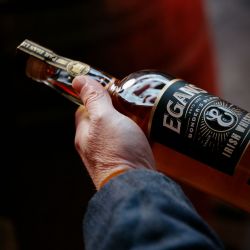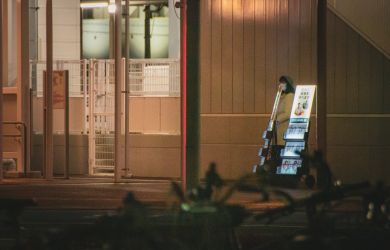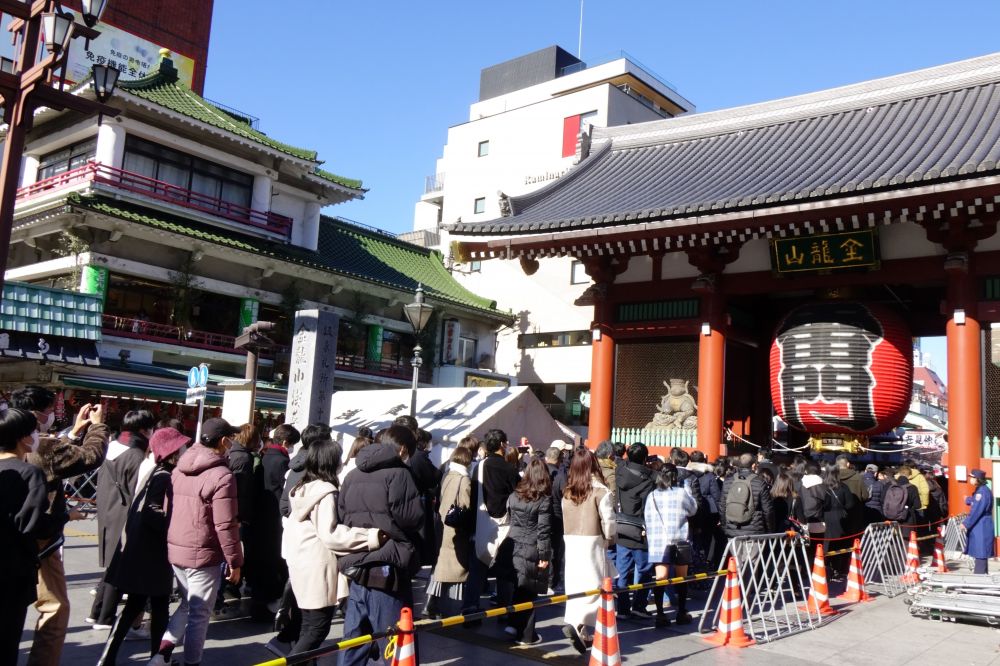
December 21, 2023
Japanese New Year’s Traditions
What makes the holidays in Japan special?
With 2024 on the horizon, we sat down with Tokyo local Natsuki Araki to discuss what makes this holiday fun and special. Having lived in both Tokyo and New York, Araki shares her nostalgic memories from years gone by, and how cultures have changed over time.
To begin, I’d love for you to share one of your fondest memories of celebrating New Year’s in Japan.
My memory from when I was little is a typical Japanese New Year’s in Fukuoka. Starting with omisoka, countdown day, we ate toshikoshi soba at home. Then we watched NHK’s Kohaku Uta Gassen, which is a popular annual television music show and singing competition. On New Year’s Day, we drank otoso, a sacred sake. Then we ate osechi ryori, a traditional New Year’s cuisine and went to the shrine for hatsumode. This is a New Year’s tradition in which people visit Shinto shrines or Buddhist temples to pray for good fortune, health and happiness in the upcoming year.
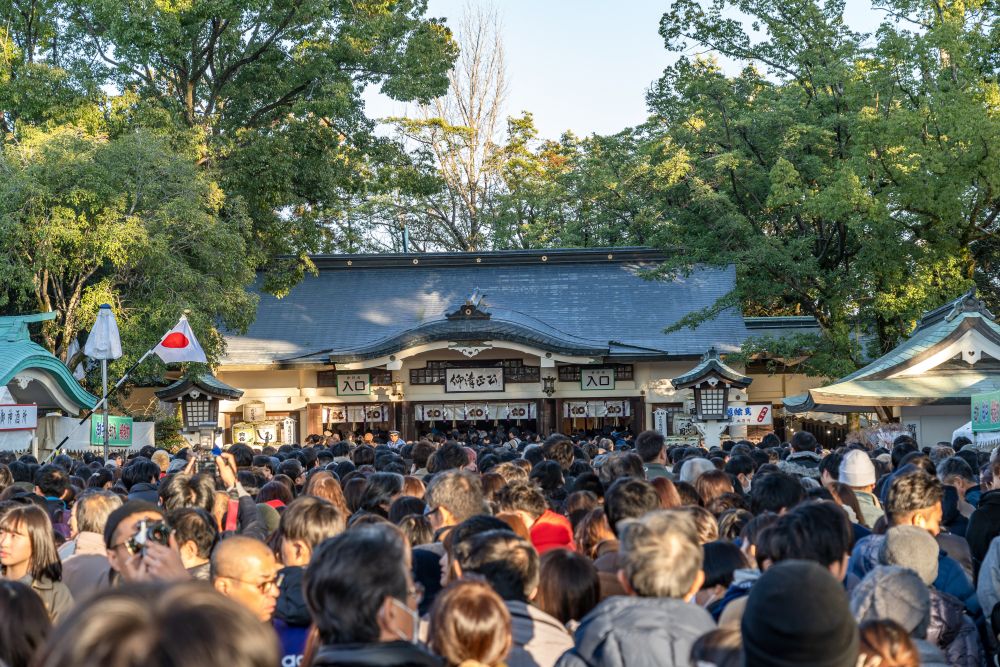
Many people in the West associate New Year’s with fireworks, parties and countdowns. As an international resident living in the United States, how did you celebrate? Was there anything about Japanese New Year celebrations that you missed?
Oshogatsu is family time, so when I was a student, I always went back to spend time with my family and friends in Japan. But when I started working in New York, I would go to my friend’s house for a countdown party and see fireworks near the Statue of Liberty. I kind of missed oshogatsu food, so I remember asking my grandmother how to make it.
Having a New Year’s resolution is a big tradition in Western culture. Is there anything similar in Japanese culture?
Yes, we have a resolution every year too. When I was a student in Japan, we wrote resolutions using calligraphy, or shuji. For example, “This year, I want to be healthy.”
I’m curious about cultural beliefs or superstitions related to New Year’s in Japan. In the U.S., we have the first kiss of the year, or “midnight kiss,” on New Year’s Eve. This is thought to bring luck in love. What happens when you have a good or bad hatsuyume, the first dream of the year?
We usually say that hatsuyume becomes true. Or if you see, for example, a golden dragon, it can mean good luck. At the end of the year, everyone does osouji, which means “a big cleaning.”
If your home is dirty, clean air cannot come. It’s better to clean up so that good air can flow through your home. Avoiding bad luck and welcoming good luck—that’s why we do a big clean.
“Ringing in the New Year” is a common expression in the West. Historically, bell ringing was a central part of celebrations, but other events took the spotlight. On the other hand, Japan continues bell-ringing traditions. Can you tell me about joya no kane?
Joya no kane is an event at shrines or temples across Japan. They ring the bell 108 times, welcoming the New Year. It’s happening everywhere, but I’m guessing since each temple has a different religion or believes in different gods, they might choose to ring the bell or not.
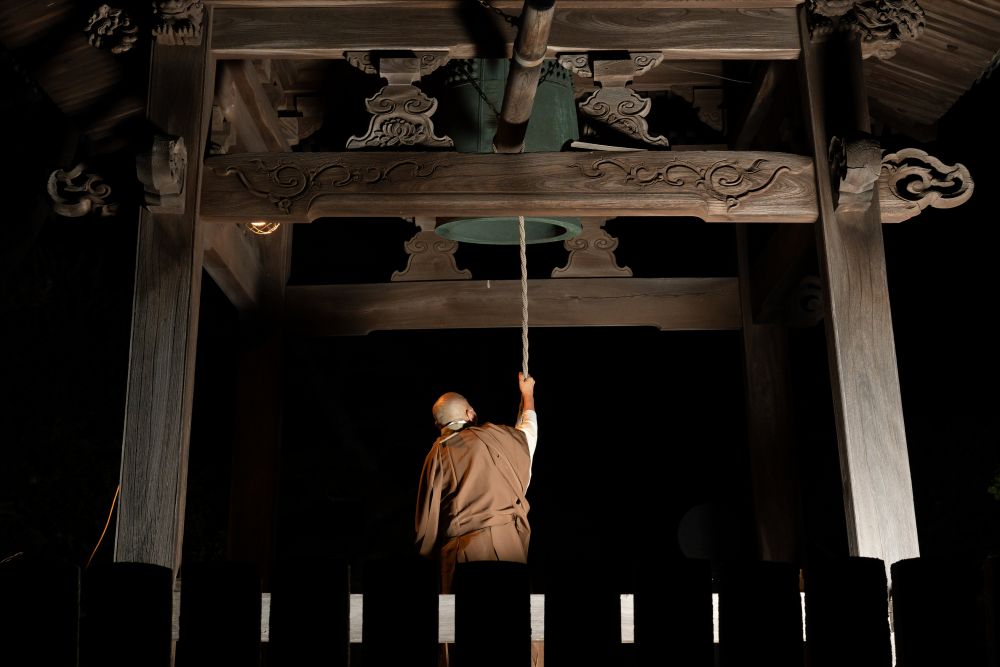
I’ll never forget my first New Year’s here in Japan. There were so many colorful foods. Could you share a bit about your family’s osechi ryori?
Recently, more people are buying osechi ryori from department stores. But we didn’t have that when I was little, so we had to make one. My family always ate kuromame, ozoni and kazunoko, yellow fish eggs. I actually have a nice osechi box. It’s like a two or three-tiered bento. It’s becoming rare to see these nowadays.
Many people are surprised when they learn that tipping in Japan is not customary and may even be seen as impolite. Is tipping welcome at ryokans (hotels) on New Year’s Day?
My family used to go to ryokans during the holidays. If you go to a ryokan, a nakai-san will help your family until you leave. We gave her ¥1,000 or ¥2,000—it’s not a lot of money, but a little tip for her service. We usually put it in an envelope, but if we didn’t have one, my mother would wrap the money with tissue. Gifting money without wrapping is kind of rude. Tipping at ryokans can happen anytime, not just New Year’s Day. So if you’re traveling around Japan and visit a ryokan—surprise the nakai-san with your nicely wrapped tip! These days, even younger Japanese people aren’t so familiar with this custom.
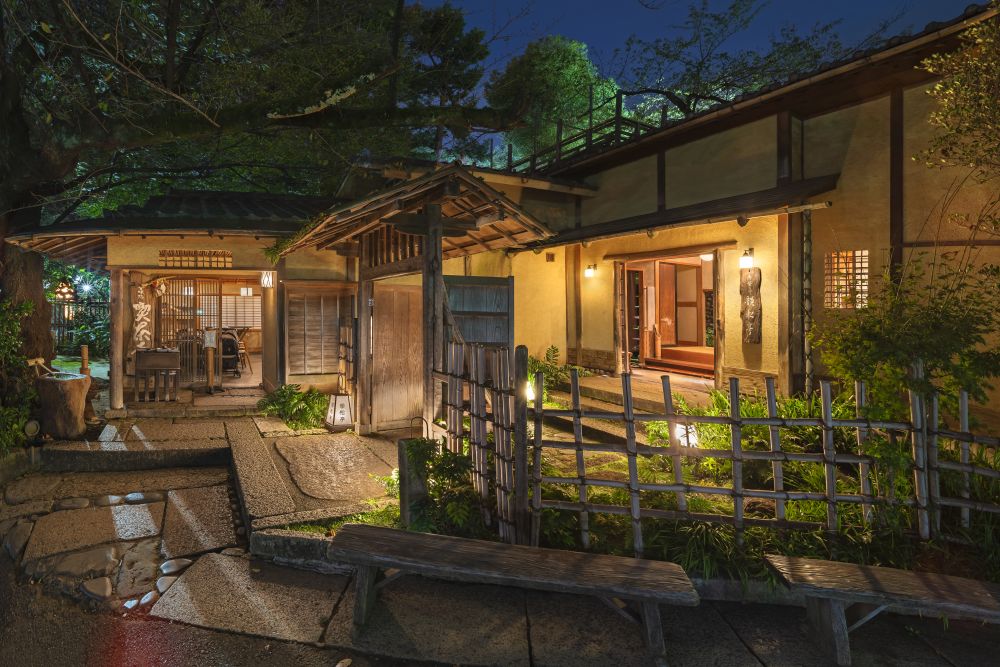
Are there any other lesser-known facts about Japanese New Year traditions?
During the New Year’s holidays, there are traditional sports like hanetsuki, similar to badminton. Another game is takoage, or kite flying, and koma, which are spinning tops. Fukuwarai is a game that’s in America too. You put a face drawing on the table and one person closes their eyes. Friends have to help and say “Here are the eyes… here is the nose.” It was fun—it’s still fun, right?
What advice would you give to new residents or visitors who want to experience an authentic New Year’s celebration in Japan? Is there anything they shouldn’t miss out on?
After the countdown, some people don’t go to bed. They either go to a shrine or go see hatsuhinode, the first sunrise, and come back afterward. Some people like to climb up Mount Fuji to see hatsuhinode. On New Year’s Day, Japanese people visit three shrines. We call it sanshamairi, and it’ll bring you good luck.
